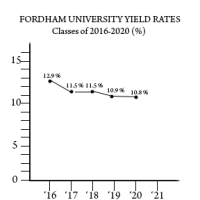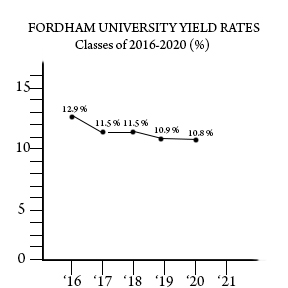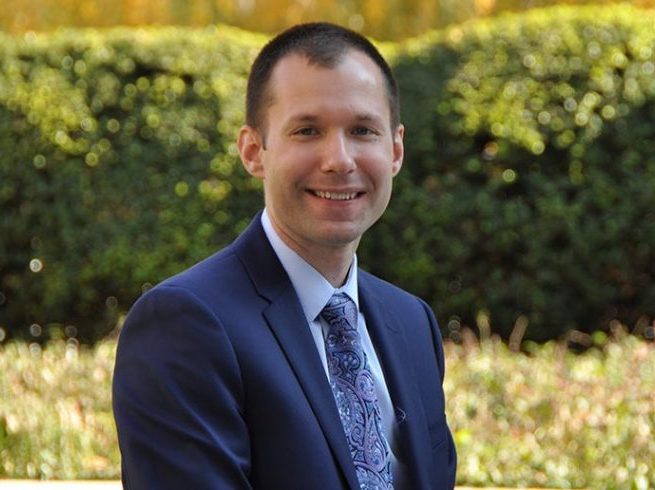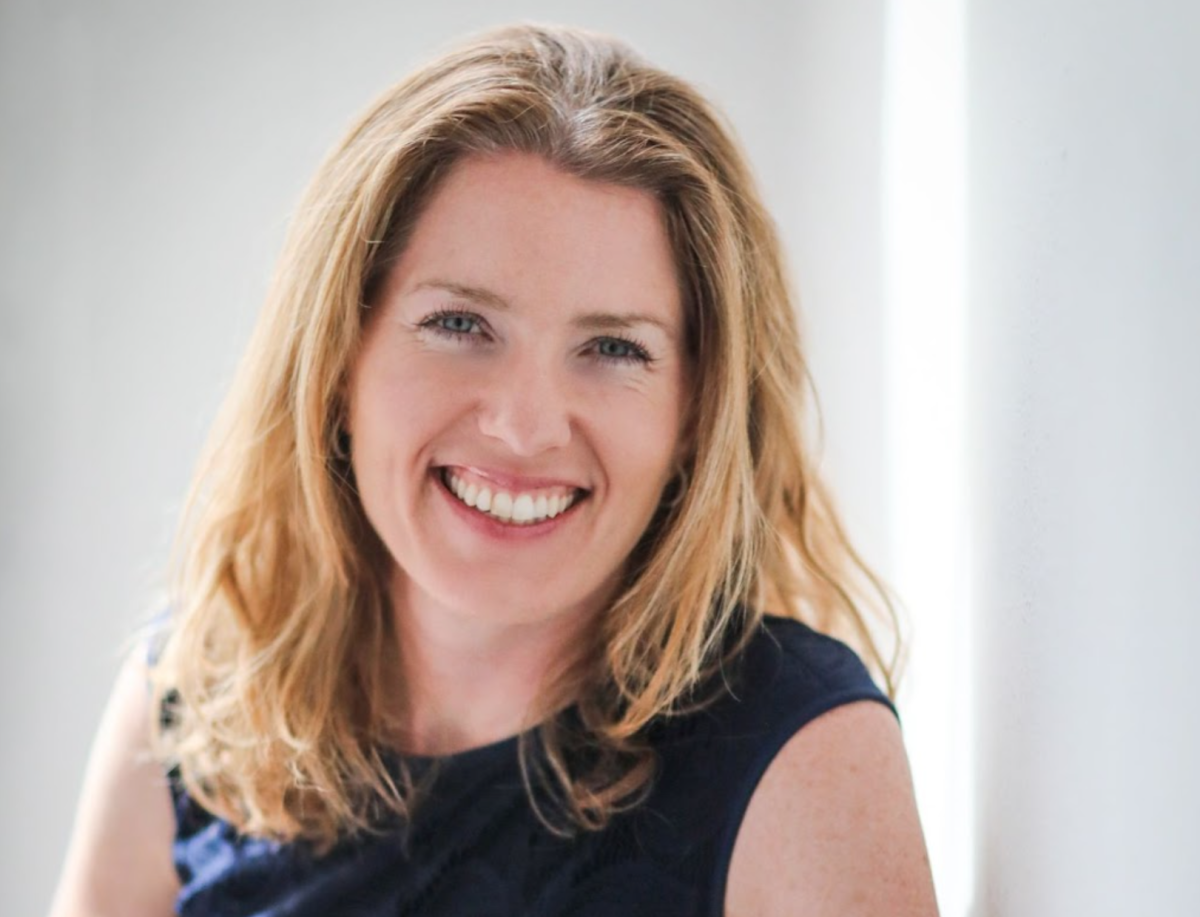By Aislinn Keely

For the past five years, Fordham has had a steadily declining yield rate from 12.9 percent for the class of 2016 to 10.8 percent for the class of 2020. As acceptances begin finding their way to prospective students, the question of Fordham’s yield rate is brought to the forefront yet again. The yield reflects how many accepted students will claim their position in the coming class as opposed to enrolling at other universities.
The declining rate can be attributed to the 26 consecutive years of growth in the applicant pool, according to Dr. Patricia Peek. She said the increases in academic strength as well as geographical and ethnic diversity have contributed to this decreasing yield rate.
“These changing characteristics are all very positive in terms of the students we attract and enroll,” said Peek. “But they also negatively impact yield.”
More and more students have been applying, Peek said, due to the widespread use of the Common Application and Fordham’s competition with other top institutions.
“The students in our applicant pool have many terrific options based on their strong academic and personal profiles,” said Peek. “They are being admitted to multiple prestigious colleges and universities and that creates more challenges for all schools.”
Peek said the Common Application allows students to apply to more schools, including those they may not ultimately wish to attend.
Alexandra Parker, FCRH ’20 of Half Hollow Hills High School West, a Long Island public high school, said, “I had heard of it through the guidance department. A lot of people from my high school usually apply, not a lot of people end up going.”
Other factors include what Dr. Peek calls the college “fit.” These are academic, social and financial variables. “I came to Fordham basically because I really wanted to get off the west coast,” said Kaylee Kurkierewicz FCRH ’20, a Los Angeles native. Kurkierewicz cited a Fordham email and fee waiver as factors in her admissions process.
“Our efforts focus on finding the students who will have all of these elements as a match so that will be the most likely to actually enroll and see Fordham as the right collegiate experience,” said Peek. Fordham does not meet full financial need for its students, contributing to the financial fit factor. Providence College in Rhode Island also does not meet full financial need, while Boston College does according to the institutions’ websites respectively.
Fit is the ultimate goal according to Peek, “We want to make sure students are a good fit, will be academically successful, contribute to the campus and alumni communities and ultimately graduate in a timely manner,” she said. However, she also stated yield as a top priority, though she described the statistic as the hardest to rapidly change.
Fit is not only a priority for admissions, but a key to student decisions as well. “I researched a lot, and then I came here and it’s really clichéd, but it’s like that magic moment of ‘this is where I want to go, this is where I belong,’” said Kurkierewicz.
The recent changes to increase yield include the introduction of the Early Decision option introduced in the past year after 10 years without it. “By having a binding decision program in our mix of options, we have given the students who in the past wanted to commit to Fordham the chance to do so much earlier (Jan. 15th),” said Peek.
High school and counselor outreach are also among the steps towards change. “Keeping this community updated is critical in our efforts to recruit students who are potentially admissible and likely to attend based on the various fit factors,” said Peek. The Office of Undergraduate Admissions reaches 400,000 students and 500 secondary schools annually. “Our efforts also include ongoing review of our financial aid policies, outreach campaigns and audiences, publications and promotion of new and exciting campus developments,” said Peek.
Changes in the admission rate affect the yield as well. “As the admit rate decreases, the yield can increase incrementally as well. Thus, as we continue to work on this, impact will grow,” said Peek regarding the drop in admission rate from 48.1 percent for the class of 2018 to 45.2 percent for the class of 2020.
The yield rate for the class of 2021 will not be available until September. However, Peek said that she projects a similar yield to past years. “We are hopeful to maintain the current yield or make a modest gain.”
“We build sophisticated projection models based on previous behavior and actively monitor any changes to expectations,” said Peek on the process of projecting next year’s yield.
Fordham hopes to incrementally increase its rankings through its admissions. “Our goals are to continue to increase the academic profile and diversity of the entering class by recruiting, selecting and enrolling talented students who will contribute to our campus community,” said Peek.








































































































































































































